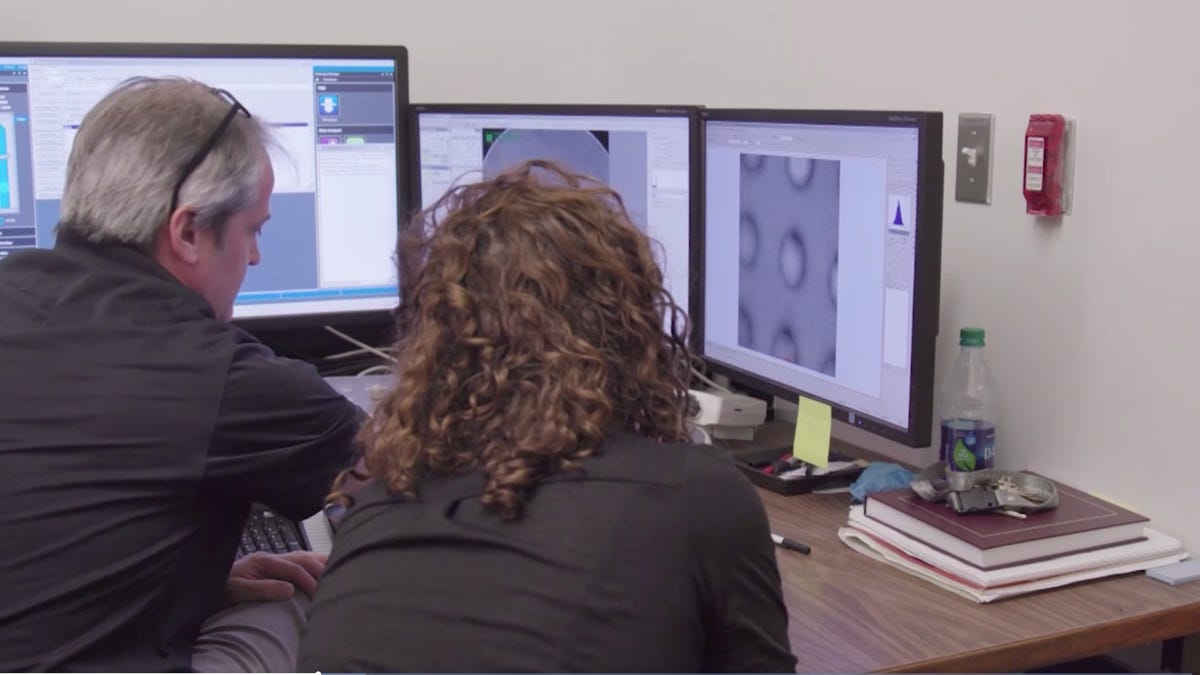
Was something in the AstraZeneca and Johnson & Johnson vaccines acting like a magnet for PF4, too.
Compared to a control without the adenovirus on the tubes, where they saw no “stickiness,” the viral shell and PF4 showed more affinity for each other, Baker said.
Baker even admitted that he doesn’t fully understand the mechanics of how microfluidic devices work because they require so much highly specific knowledge from a variety of different fields. .
“These devices are made by engineers and physicists in collaboration with biologists,” Baker said.Baker and a team at Cardiff University also conducted similar tests with the spike protein of the adenovirus and a receptor called CAR, which is how the adenovirus enters human cells.
In 1999, a teenager from Tucson named Jesse Gelsinger became one of the first participants in a new gene therapy trial that featured an adenovirus similar to the one used in the AstraZeneca and Johnson & Johnson vaccines.Gelsinger had a rare metabolic disorder, and the hope was that researchers could deliver genetic instructions in the vehicle of the adenovirus to help repair some of his dysfunctional genes.
It takes a specific signal for the platelets to realize they need to change shape and initiate the process known as hemostasis or slowing blood flow and beginning clotting.
Othman put an adenovirus (a different strain from the one used in some COVID-19 vaccines, but a biologically similar one) in a test tube with blood so they could study the platelets. .Othman said that so many years later, she didn’t connect the dots to the new vaccines until the rare blood clotting was reported in Johnson & Johnson as well as AstraZeneca recipients.Together with Baker and some of their other colleagues, Othman proposed seven possible mechanisms behind the rare blood clotting.
The activation in itself might be causing blood clots where they aren’t supposed to be, or there could be a few more steps involved. .
Only about four in 1 million adults have experienced the types of blood clots associated with these adenovirus vaccines; your chance of getting struck by lightning is about two in 1 million
AstraZeneca, which contributed to the paper by Baker, Singharoy and their colleagues, said in a statement that “it is important to note that the mechanism identified does not demonstrate that it is the cause of TTS (the disorder that causes blood clotting) and that most individuals that will have PF4 antibodies will not develop TTS.”Baker agreed, especially in comparison to how extremely rare these blood clots are
If that happened, “for people that find these antibodies...we would not use (AstraZeneca or Johnson & Johnson vaccines),” he said
“(For) many of the publications that come out (on this) topic, you will see 10, 15 different people on it,” she said